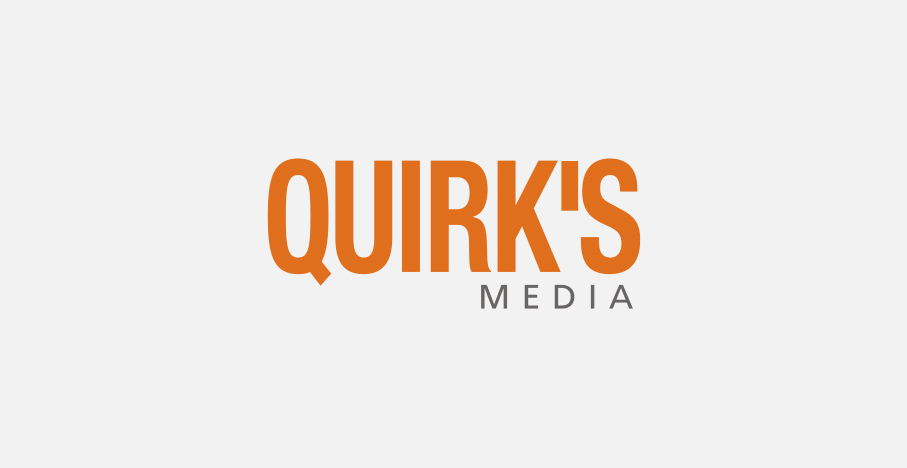Editor’s note: Lynnette Leathers is president of Mindspot Inc., an Orlando, Fla., research firm. This is an edited version of a post that originally appeared here under the same title.
Research is simply a process to get information and insights you don’t have that you need.
After you have reviewed all of the information you do have and you find you still have unanswered questions, you may need research. In the initial stages of a product or service offer, focus groups are often conducted.
Consumer-driven insights can move your business forward because your customers and prospective customers want to help you provide a better product or service. And, people love it when you ask their opinion! Think about it: If a company selects you from hundreds of other people and offers to pay you for your opinion, wouldn’t you feel pretty special? I’m just saying – don’t be afraid to ask your customers for help.
Whatever your reason for conducting them, here are 15 tips for getting the most out of your focus groups.
1. Keep an open mind. If you have already made up your mind and there is nothing that can make you change your mind, you don’t need focus groups.
2. Teach internal stakeholders (your boss, the advertising agency, the CEO) the benefits of exploratory research with customers. It is an opportunity to listen. Companies that listen to their customers are companies that win.
3. Define who you really want to talk to and learn from. Is it your current customers, is it a new market segment of customers or is it your competitor’s customers?
4. Define your key objectives. If you can only learn one thing from your customers, what do you want to know?
5. Ask objective questions and don’t lead the witness. A leading question will get you a predetermined answer in most groups. “Hey, how much do you all like this great new product?” versus “Here is a potential product that Company XYZ is considering offering to people like you. What are your thoughts?” I could write about how to ask questions forever – and that’s a long time. Perhaps another day.
6. Don’t be afraid of negative feedback. If you get negative feedback it doesn’t mean the moderator or the participants suck (to use a marketing term). It means you now have the opportunity to know that your idea, concept or advertisement may be polarizing or even poorly received by your target audience. With this comes the chance to make it better.
7. Don’t take it personally. If you get too attached to the creative or the idea you will miss the opportunity to have a winner. If you conduct a number of groups and your creative does not resonate with the consumer, be ready to make changes. It is always better to spend a few dollars on research versus spending the big bucks developing a campaign and having it bomb. Most clients do not allow their advertising agencies to have many in-market disasters. And the post-mortem on the campaign that bombed will likely be conducted by another agency.
8. Don’t be afraid of losing control (within reason). If your focus group participants are really taking an idea and running with it, let them talk! You will learn more than if you asked the questions. Just watch your time.
9. Be polite. Always say thank you. Be considerate of participants’ time – they don’t have to do this.
10. It’s OK not to say please. You are in control and a trusted guide, and most focus groups are paying gigs for focus group participants. Your participants are there to do what you say and help you. If you say please, it makes not helping or doing a particular exercise an option – and it’s not. This is not impolite. Really. It assures your participants that you have a plan for the next two hours and they will know what is expected of them. You are there to guide them and make it easy.
11. Dress for the front room – not the back room. If you are moderating in-person focus groups and you have people watching and helping in the back room, don’t dress for them! If your participants are showing up in jeans and tennis shoes, wear jeans and tennis shoes. You’ll blend in, which is what you want to do. For most people it is easier to talk to people who are like them. If you want to impress the back room, focus on doing a good job.
12. Have a great discussion guide. Not a good discussion guide – a great discussion guide. Why is good not great enough? Because this is where the guts of the discussion are. You should spend a significant amount of time thinking about the best ways to introduce your topics and get the most relevant and insightful information possible from the people who showed up to help you get the answers.
13. Ask for clarity. If you don’t understand participant feedback during a group, ask clarifying questions. “Can you give me an example of how that works?” Don’t fill in the blanks. You will be wrong.
14. Say it twice. Not everyone thinks the same way and if a concept is abstract or difficult to grasp, say it once, then say it again a different way and use an example.
15. Determine the type of group you want to conduct.
a. Online: These are fast from start to finish, featuring a high degree of sharing due to anonymity, with more data collected. Less expensive than in-person groups.
b. In-person: Use when it’s important for your respondent to physically touch and/or use a product or when you have everyone in one location.
c. Hybrid (a combination of in-person and some online groups): Often used when people are getting comfortable with using online groups. Then they often switch to online groups for the next project.
